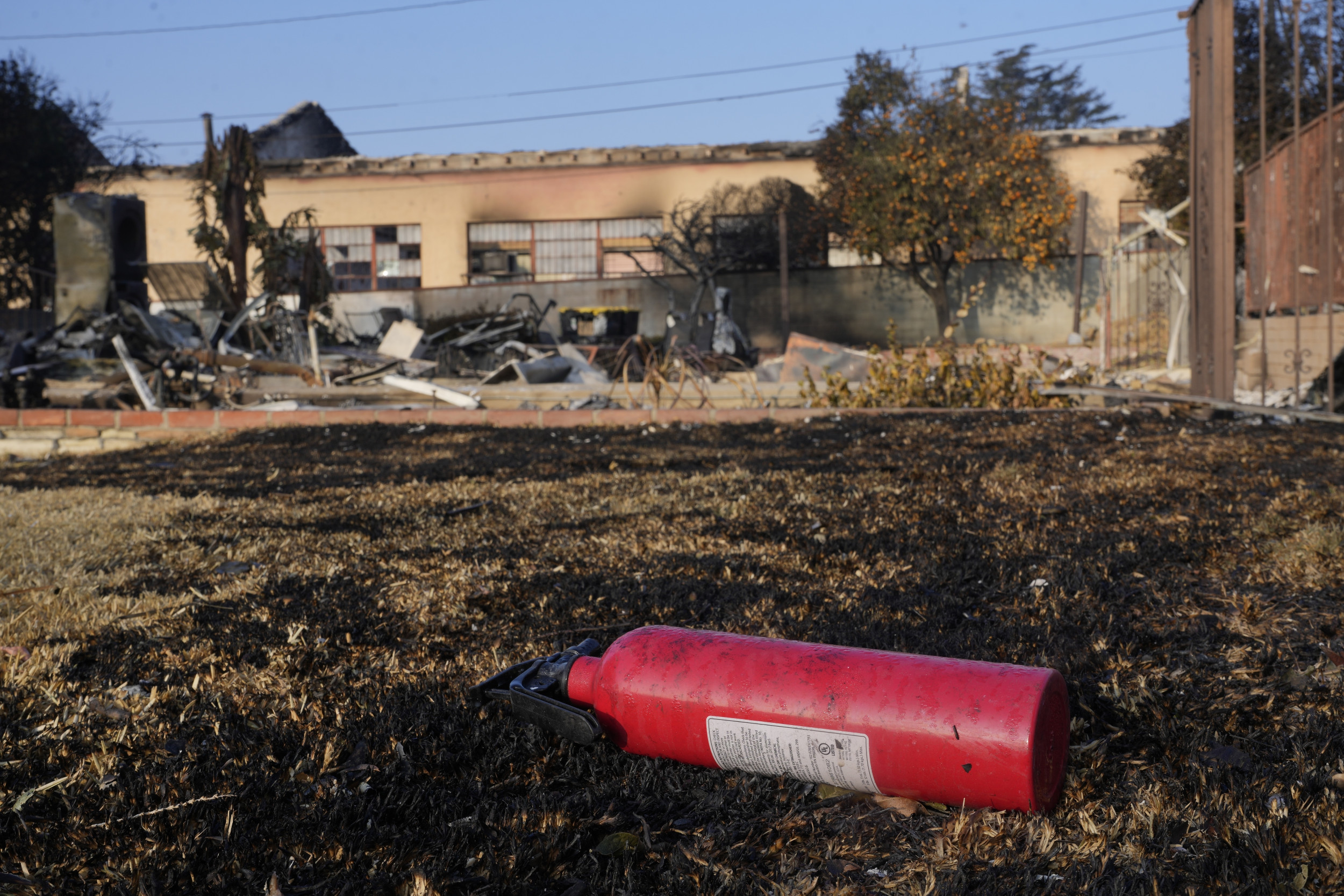Nearly the entire U.S. is under some sort of cold-related weather advisory on Monday morning as National Weather Service (NWS) meteorologists warned of temperatures cold enough to be fatal descending across most of the nation.
Why It Matters
Millions of people are facing frigid temperatures through this week. Subzero wind chills hit the Northern U.S. over the weekend and have since spread further into the U.S. The dangerous cold caused President-elect Donald Trump to move his inauguration inside in Washington, D.C.
What to Know
Extreme cold warnings were in place in at least 22 states as of Monday, including Idaho, Montana, Wyoming, North Dakota, South Dakota, Nebraska, Minnesota, Wisconsin, Michigan, Iowa, Colorado, Kansas, New Mexico, Texas, Alabama, Georgia, Tennessee, North Carolina, Virginia, West Virginia, Maryland, Pennsylvania and Washington, D.C.
Freeze warnings were in place for at least 10 states, including Arizona, Oregon, California, Texas, Oklahoma, Arkansas, Louisiana, Alabama, Georgia and Florida.

Myriad other temperature warnings were in place, including an extreme cold watch and a cold weather advisory. NWS lead meteorologist Jason Anglin told Newsweek that an extreme cold watch is issued one to three days ahead of when the extreme cold is expected to arrive. A cold weather advisory is less severe than an extreme cold warning, the latter of which is issued when cold weather poses fatal risks should people not be adequately prepared.
A freeze warning is issued when temperatures will dip below freezing.
Extreme cold warnings are issued once temperatures or wind chills reach a certain level, though this level differs depending on the location in the U.S. For example, in the Northern Plains, extreme cold warnings are issued when temperatures or wind chills hit 40 degrees below zero or colder. However, an extreme cold warning also is in place in Brownsville, Texas, at the southern tip of the state, near the Mexico border. Wind chills were expected to make the feels-like temperature dip into the teens.
What People Are Saying
NWS meteorologist Jessica Laws, who works at the Birmingham, Alabama, office, told Newsweek: "The average low for this time of year is about 35 degrees." The Birmingham office warned of wind chills dipping to zero degrees. Laws said that last year, there were 15 days in all of January were the temperature dipped below freezing. This year, with more than a week left in the month, the region has already seen 15 days of temperatures below freezing.
The NWS Brownsville, Texas, office in an extreme cold warning: "Frostbite and hypothermia will occur if unprotected skin is exposed to these temperatures. Death is possible to unprepared people and pets."
The NWS Jacksonville, Florida, office in a freeze warning: "Use caution while traveling outside. Wear appropriate clothing, a hat, and gloves. Take measures to protect young children, the elderly and the homeless. To prevent water pipes from freezing; wrap or drain or allow them to drip slowly. Take steps now to protect tender plants from the cold."
What Happens Next
According to a six- to 10-day temperature outlook issued by the NWS Climate Prediction Center, much of the central and eastern U.S. temperatures are expected to be near normal, whereas the Intermountain West and the West Coast are still expecting below-average temperatures. By the eight- to 14-day outlook, the central U.S. could see above-average temperatures, while below-average temperatures return to the New England region and the West Coast.




















 English (US) ·
English (US) ·